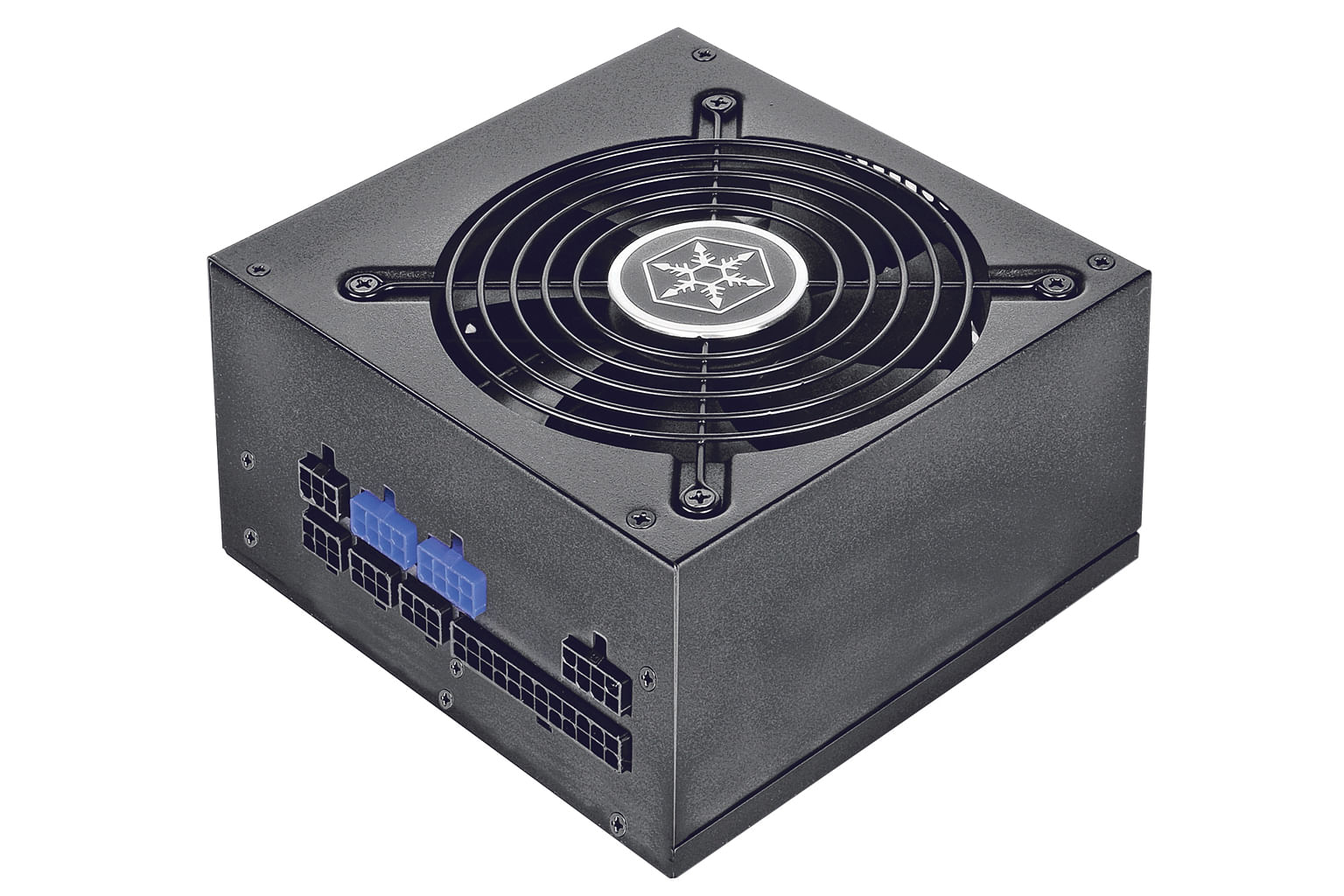1. CPU: AMD Ryzen 5 1600X
Responsible for executing the instructions found in software, the Central Processing Unit (CPU for short) is the brains of the computer.
Intended for enthusiasts, AMD's Ryzen 7 chips are the company's fastest and most expensive processors, with the more affordable Ryzen 5 and Ryzen 3 series targeted at the mainstream and the budget segments respectively.
I picked the Ryzen 5 1600X, a six-core chip that is basically the top dog in the Ryzen 5 series. In fact, the 1600X has the same clock speed as the higher-end Ryzen 7 1800X, except that the 1600X has two fewer cores.
So, you can expect the 1600X to produce good performance at a mainstream price. However, note that for this price segment, the quad-core Intel Core i5-7600K is still faster than the 1600X for apps, like games, that do not fully use the Ryzen's six cores. On the other hand, the AMD chip will do better in multi-threaded apps like video transcoding.
You can shave off around $30 by opting for the Ryzen 5 1600, which has a slightly lower clock speed. Unlike the 1600X, the 1600 comes with a bundled CPU cooler fan, which also saves you money from having to buy a third-party cooler.
2. Motherboard: Asus ROG Crosshair VI Hero

All the PC components, like the CPU, graphics card, memory and storage drives are connected to the motherboard, which is like the spine of the computer. The motherboard also has built-in features like audio, USB and LAN ports.
I went with the Crosshair VI Hero as it uses the AMD X370 chipset that supports the multiple graphics cards technology from AMD (CrossFire) and Nvidia (SLI). Although our PC build here has only one graphics card, I like to have the option to add another graphics card in the future.
In addition, the Hero has built-in RGB LEDs that can be configured via the Asus Aura software. You can also easily add RGB LED strips (around $32 each) via connectors on the motherboard.
However, if you do not plan to install two graphics cards, you can go with an AMD B350-based motherboard like the Gigabyte AB350- Gaming 3 motherboard, which will save you more than $200.
Retailers usually sell the motherboard together with the CPU as a bundle. The 1600X with the Crosshair VI Hero motherboard should cost around $780 while the same chip with the Gigabyte motherboard is priced around $540.
3. Memory: G.Skill TridentZ RGB 32GB (8GBx4) DDR4 3200MHz
The computer memory (or RAM) is where data is stored temporarily, available for use by the CPU at a moment's notice. Having more RAM means the computer will be able to switch faster between running programs, as the programs are loaded into the RAM instead of residing on the hard drive.
I have gone with 32GB of RAM - enough for most enthusiasts. Adjust the amount of RAM to suit your budget, though I recommend having at least 8GB of memory.
The G.Skill memory chip listed here (around $530) comes with RGB LEDs and is hence more expensive than standard RAM. Switch to a less flashy model to reduce the bill by around $150.
4. Graphics card: Asus ROG Strix RX 570 (O4G)
Gaming performance relies mostly on the graphics card. Since I am going with AMD, I chose its latest Radeon RX 570 graphics card, a mainstream model that was launched just last month. It is not a gamechanger, but is slightly faster than the previous RX 470.
I picked an Asus-branded RX 570 (around $360) because it runs at a higher clock speed than the stock version, and has RGB LEDs, too. The RX 570 competes directly against the Nvidia GeForce GTX 1060 in the $350 to $400 price bracket.
Both are good options, with the GTX 1060 6GB variant offering slightly better performance at a higher price tag (around $420).
5. Storage: Samsung SSD 960 Pro 512GB and a 7,200RPM SATA Hard Drive

I salvaged the Samsung 960 Pro from a test computer.
This is one of the top-performing solid-state drives in the market, though it is relatively pricey at around $489 for the 512GB version. I would recommend getting a solid-state drive (SSD) if you can afford it. Older models like the Samsung Evo 850 have fallen in price - a 1TB Evo 850 costs around $500. At these prices, you can even consider a large SSD to store your videos and photos.
Of course, hard drives are still significantly cheaper. For instance, a 2TB model is around $110 while an 8TB drive is under $500.
6. Power supply: Silverstone Strider Gold S Series 750W

Having a good power supply that can deliver adequate power to your PC components is crucial. This Silverstone 750W model can support two high-end graphics cards. It has a very compact design and comes with modular cables, which lets you remove unnecessary cables and reduce clutter in the chassis. For those who wish to go all out with the RGB lighting bling, the Thermaltake Toughpower Grand RGB 750W comes with a 256-colour RGB LED design and modular cabling.
7. Casing: Corsair Carbide Series Clear 600C Inverse
The PC casing holds your PC components. More importantly, it affects how it looks from the outside. Consider too if the chassis has sufficient space for future expansion.
Because I wanted to show off the RGB LEDs on my components, I went with the Corsair Clear 600C Inverse ($239), which has a clear side panel.
This door can be easily opened without a screwdriver so I can remove or switch out internal components. I also like its minimalist, plain front facade and the internal cover that hides my unsightly storage drives.
A more affordable alternative is the Phanteks Eclipse P400 ($139). It has clean lines and a clear side window. It also has RGB LEDs at the front bottom that would have matched the LEDs of my other components.



